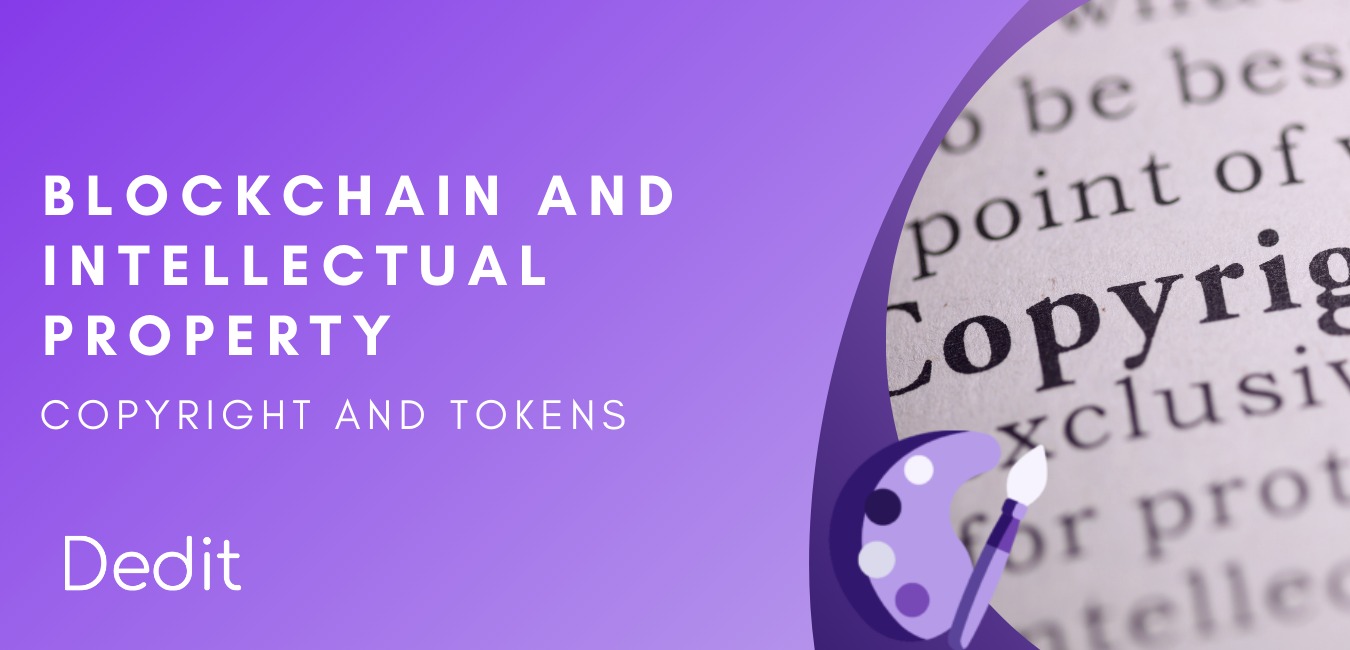
BLOCKCHAIN AND INTELLECTUAL PROPERTY
Blockchain technology is becoming a valuable and effective intellectual protection of intellectual property, in particular copyright and, more generally, other non-titled rights or all works that can’t enjoy the protection granted to industrial property titles such as trademarks, designs and patents.
WHAT IS IT?
Blockchain is a digital log that includes a lot of information within blocks, chained together, and integrity is guaranteed by the use of encryption. So, it’s a shared and immutable data structure that allows you to keep track of any information. For this reason, it could be used to have a security of the creation of an intellectual property right, to track the distribution of products, to store documents, etc.
HOW TO USE IT?
It’s possible to use Blockchain and encryption whenever you want to give a certain date and recognize the authorship to a creative and innovative work or, otherwise, it may become the subject of improper use or misappropriation by third parties. The objective, in fact, is to constitute no – falsifiable evidence of the existence of a digital file or document at a specific time. In fact, copyright applies to many creative works and it is born automatically with the creation of the work. Since there is no formal registration obligation, in the case of a dispute over the work, it is essential to have solid evidence that the work existed at a certain time. In fact, the works of art can be tokenized.
ART AND TOKEN
Thanks to the blockchain, the art market can be revolutionized through the use of tokens, extending the art market to small gallery owners who will thus be able to own shares in famous paintings because the art market was very closed traditionally. The first experiment of the application of blockchain in the field of art took place in 2018 with a work by Andy Warhol, “14 Small Electric Chairs”. The blockchain transaction system allows to divide the asset into quotas (parts, actions), sell a single work in small shares and create a secondary art market more liquid and more extensive where you can sell these micro titles and make ownership changes, increasing value and generating market fluctuations. The tokenized works are sold through downward auctions for a predetermined period of time by the managers of the platform. Then, the work will be divided into actions that are assigned to the winning users. From that moment, the winners will be able to enjoy the relative right of economic exploitation (like rent to gallery owners) and do stock certificate trading transactions.
THE DECREE “SIMPLIFICATIONS”
Blockchain and Intellectual Property are linked with the Decree “Simplifications” approved in March 2019, on support and simplification for business and public administration.
This decree introduces the definition of “technologies based on distributed registers”, of which Blockchain is the best known example, and is granted legal validity to the registration of documentation through the Blockchain technology.

.io
Then to regulatory updates, various technological platforms have been created and dedicated to the storage and management of documentation related to intangible assets.
Among these is Dedit.io, our cross-blockchain notarization platform that allows you to safely certify, sign and share the most important documents by providing them with a certain date, digital signature, proof of authorship and immutability over time.
After the archive of a document, the platform generates a certificate with legal validity proving the registration and containing the date and time of loading. In this way the existence of that file is made evident at that particular moment. Among the data stored on platforms that exploit blockchain technology, there are:
- Creative and artistic works;
- Evidence of use of its own brands, to avoid actions of forfeiture for non-use;
- Documents relating to contracts, licences, non-disclosure agreements;
- Everything related to the management of other aspects related to intellectual property, for example evidence to support the grace period, or the use of an unregistered trademark;
- Trade secrets and know-how;
- Technical diagrams, plans, projects;
- Programming codes, algorithms;
- Data and research (reports, laboratory notes).
The advantages of these applications are many. They ensure the impossibility of tampering, reliability, legal validity of certification and prevention of unlawful conduct by third parties, respecting confidentiality and privacy, in addition to low and affordable costs.